High CPU But Low GPU Usage? Here's How to Fix It
Discover tested troubleshooting solutions by our experts
5 min. read
Updated on
Read our disclosure page to find out how can you help Windows Report sustain the editorial team. Read more

High CPU usage with low GPU usage can occur due to using built-in graphics instead of a dedicated GPU, outdated drivers, CPU bottlenecking, or poorly optimized games.
This will lead to FPS drops, CPU overheating, and all kinds of issues. In order to help you resolve it, we put everything we can think of below.
How do I fix high CPU and low GPU usage?
1. Check GPU drivers
These symptoms usually mean that your CPU is bottlenecking your GPU, which is quite common if you have powerful graphics and an outdated CPU.
However, there are so many variables that, even though highly likely, we can’t say with certainty bottlenecking is the reason for high CPU and low GPU occurrence.
- Right-click the Start icon then select Device Manager.
- Click on Display adapters in order to expand it, then right-click the graphics adapter and select Uninstall device.
After you’ve removed a current driver, navigate to the Nvidia/AMD website. Under the download section, find an appropriate driver fitting your GPU model and system architecture.
Alternatively, you can always rely on specialized software such as PC HelpSoft Driver Updater to identify and update all your drivers in just a few minutes.
⇒ Get PC HelpSoft Driver Updater
2. Tweak in-game setting
If you experience high CPU while gaming, particularly on select games while others work fine, consider adjusting settings.
Most games should be run on high or ultra graphics settings to avoid CPU burden. We can advise you to disable VSync and Antialiasing.
Also, increasing the resolution, and the details plus enabling Future Frame Rendering should make GPU work more instead of the CPU doing the majority of the work.
Some games will work much smoother on the DX12 option, so switch to it if possible. This might or might not affect FPS, but it’s worth a try.
3. Patch the affected games
This step is the continuation of the previous one. Some games, like Overwatch, suddenly started exhibiting this kind of behavior even though players have more than enough processing power to run it.
Seemingly, issues started suddenly in the third quartal of 2018 and we can blame the graphics-improving patch for that.
This might or might not be the case for other games, but whether it’s a Battle.net, Origin, or Steam game, make sure it’s up to date.
Some issues got patched and the majority of players are enjoying seamless gameplay without a CPU throttling a GPU.
4. Disable third-party apps active in the background
1. In the Windows Search bar, type msconfig and click on the first result to open System Configuration.
2. Navigate to the Services tab.
3. Check the Hide all Microsoft services box, then click Disable all to disable all active third-party services.
4. Now, select the Startup tab and go to Task Manager.
5. Click any startup program you think might be interfering then select Disable. We recommend that you disable all of them which are not essential.
6. Exit Task Manager, click OK in the System Configuration window, and restart your PC.
When you’re experiencing high CPU usage but low GPU usage, it is a good idea to get rid of unused background apps. They can free up a lot of CPU memory, so that your PC will run better.
You can remove unwanted processes via Task Manager. Simply filter the active processes by CPU usage and end those which take up a lot of resources and you have no use for.
5. Disable all power-preserving modes
- Press Windows then type edit power plan and click the first result.
- Select the Power Options window.
- Select the High Performance plan which will use up your PC’s resources in order to render the best performance.
Power-preserving modes are a big no-no if your CPU is falling behind the GPU in terms of processing power. Especially if you’re an avid gamer dealing with demanding AAA titles.
This means that both system and motherboard settings regarding less power consumption should be disabled.
6. Enable XMP in BIOS/UEFI
Enabling XMP or Extreme Memory Profile in BIOS will, at least slightly, improve RAM performance.
We know that RAM isn’t in a direct connection with the high CPU/low GPU issues but it has its part in it.
This option allows for the faster-than-standard speeds of RAM and possibly will improve the overall PC performance a little bit.
If your PC doesn’t have a strong configuration, you can use software to improve its performance.
7. Use 4 cores if possible and try overclocking
To optimize the game for the general public, developers have to deal with thousands of different configurations. Some GPU–CPU combos, regardless of how capable, just won’t work as intended.
This might be the case here. If you’re running a multi-thread CPU, double-check the in-game settings and try switching to 4-thread option if available. For example, Battlefield 5 might do better on a 4-thread option.
In addition, if you can take more from your CPU by upping the clock speeds, we highly suggest doing it.
Just keep in mind that this requires some general knowledge about overclocking and software to keep track about temperatures, voltage, and performance.
The manufacturer speeds are usually much lower than the CPU is capable of meeting. Firstly, inform about your CPU online and then move to overclock.
This should, in the right circumstances, be quite a boost and a possible resolution for the problem at hand.
8. Reinstall the game
If none of the previous steps helped you with that one game that refuses to work as intended, consider reinstalling it. This process allows you to enjoy some of the best PC games without errors.
Removing everything and starting from scratch can be a painful and lengthy experience. Especially if you need to wait for hours for a game to download again.
However, PC games, like any other piece of software out there, can get broken. Configuration files can get corrupt (if you’ve made some hardware changes) or a bad update can break the game for you.
That’s why reinstallation isn’t such a bad idea after all. Just make sure you’ve backed up your saves and reinstall the game. After that, reboot your PC and give it another try.
Use several process managers to ensure that the CPU is indeed hitting high rates while GPU is almost idle.
The issue is present on all versions and users reported high CPU in Windows 11 as well.
It’s important to pay attention to high CPU temperature because it will damage your hardware if not addressed properly.
Don’t forget to share an alternative approach in the comments section below. It might help other readers in need, and sharing is caring.

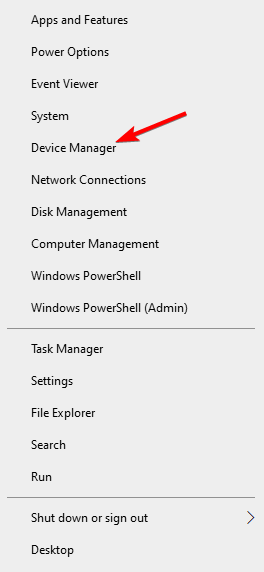








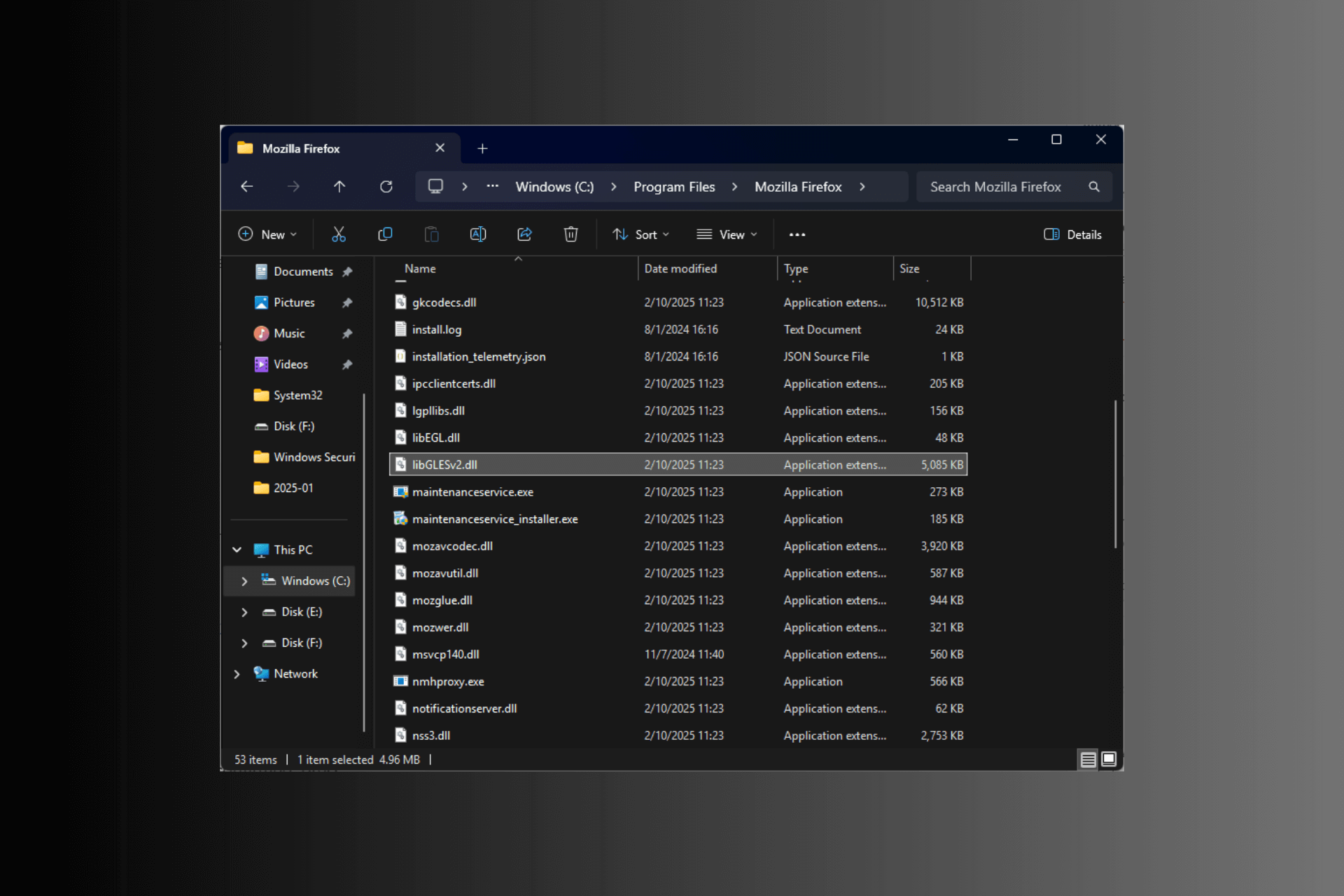


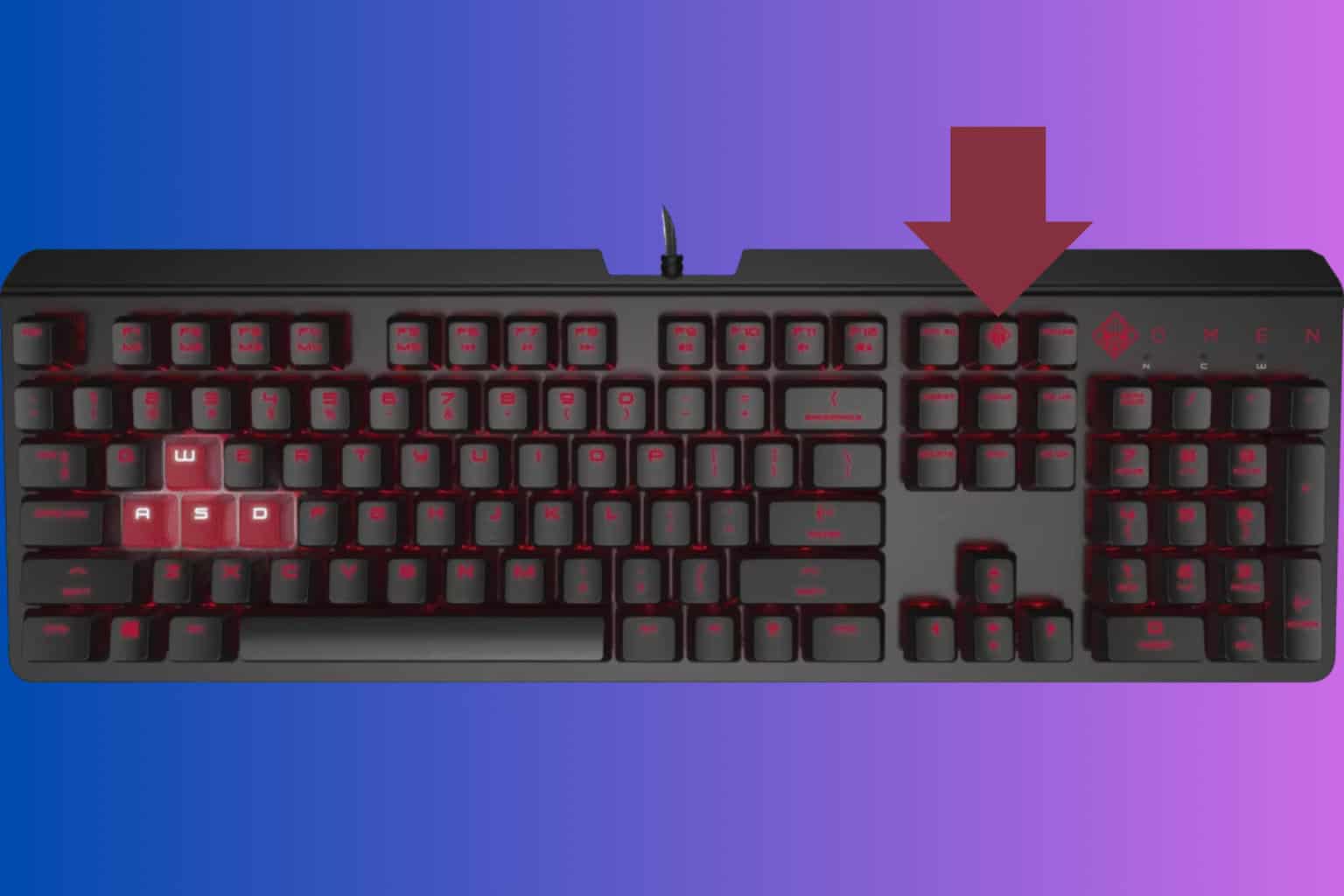
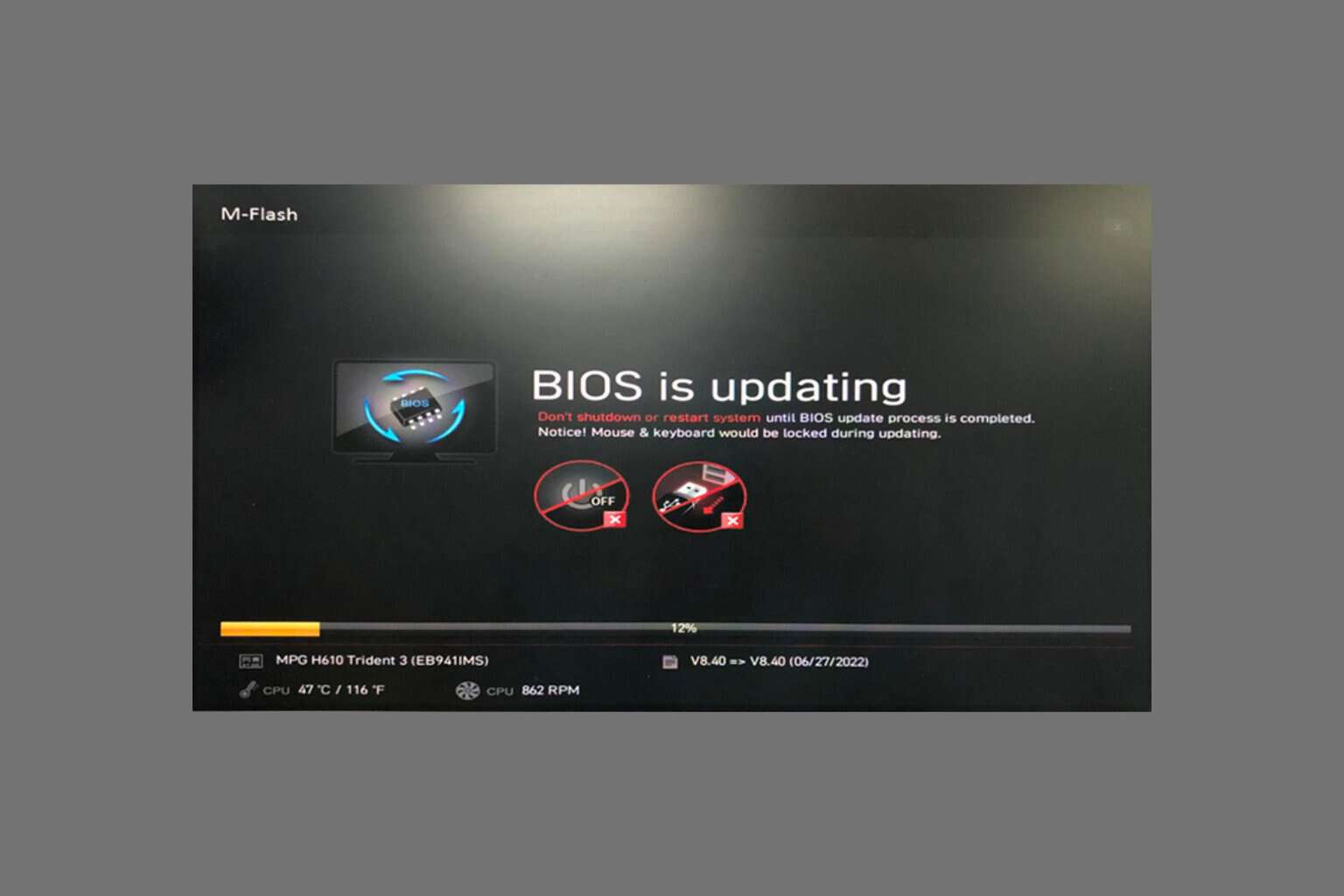
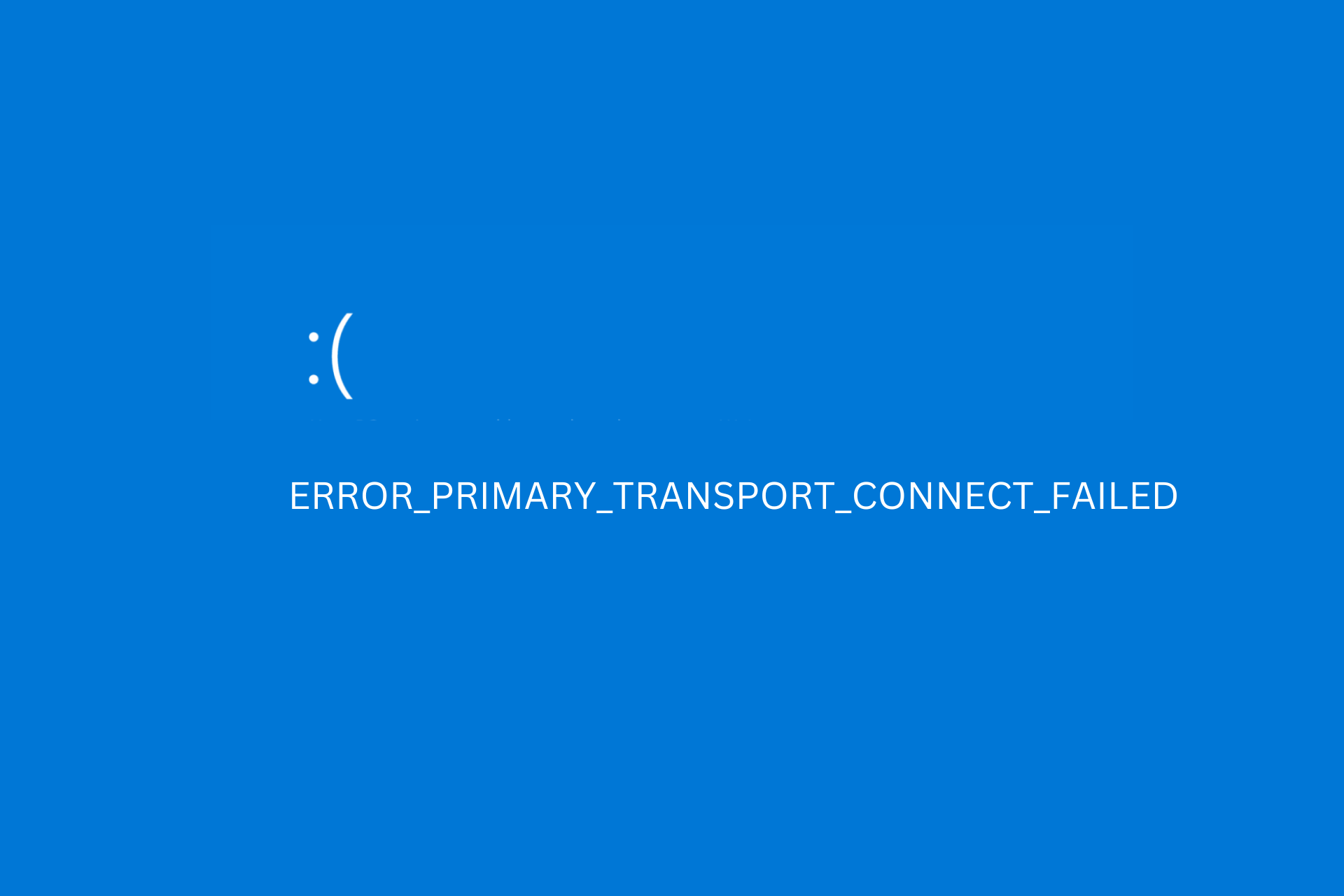


User forum
1 messages